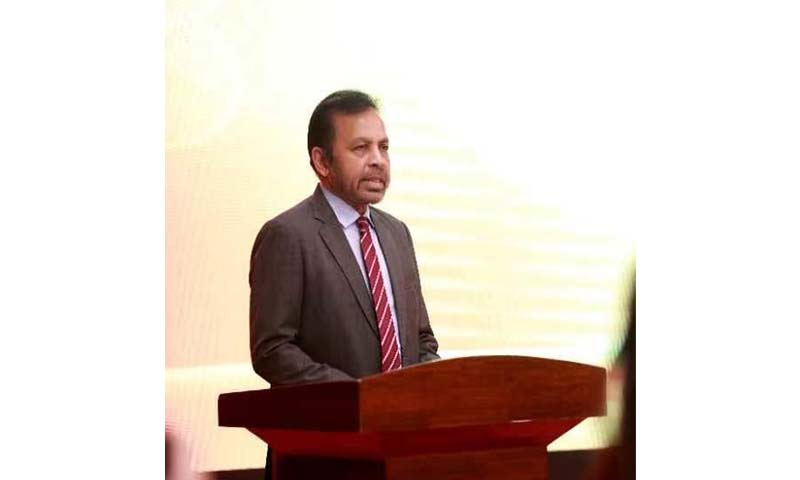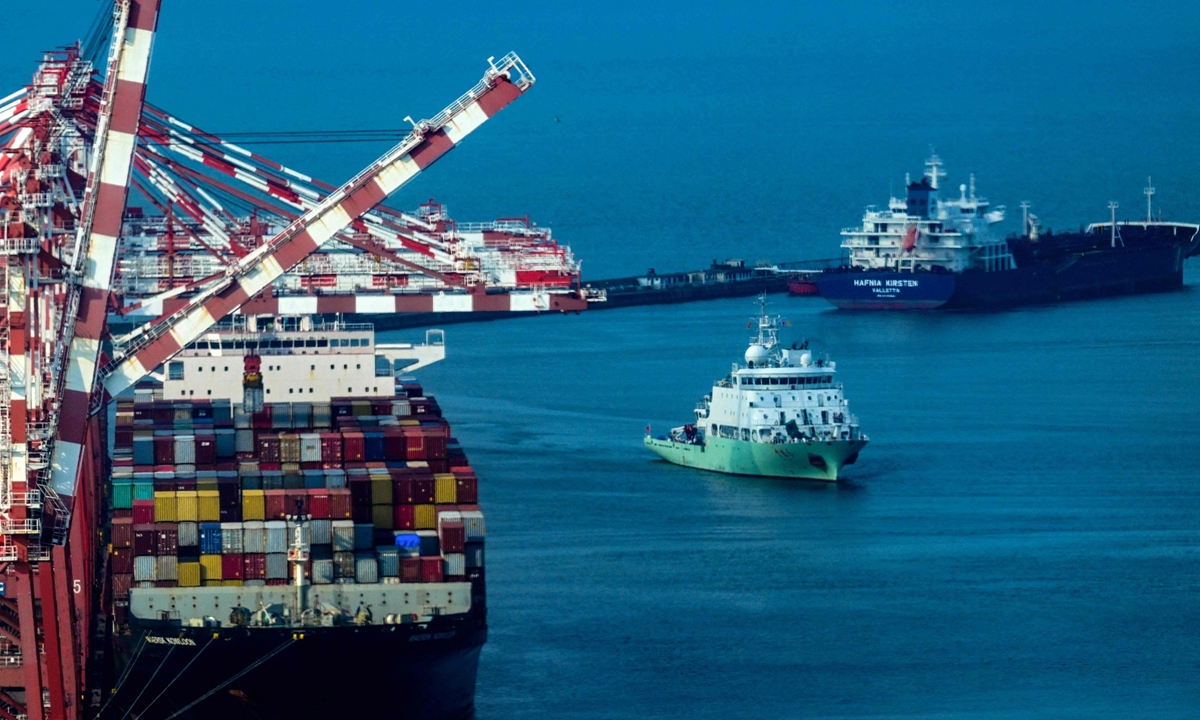
Illustration: Tang Tengfei/Global Times
Sri Lanka was hit in 2022 by one of its worst economic crises in history. But now, to stabilize its economy, the island country has been renewing a focus on free trade to foster economic growth. The question remaining is how the country can find a suitable and stable path of economic development amid the complex geopolitical environment.Sri Lanka and Thailand reportedly signed a free trade agreement (FTA) on Saturday. As a restructuring of Asian industry chains has accelerated amid global economic uncertainty, it seems Sri Lanka is looking eastward and trying to further strengthen ties with countries in Southeast Asia and East Asia. This is the correct strategy.
In 2022, Sri Lanka missed a deadline for foreign debt repayments, triggering one of its worst economic crises in history. Skyrocketing fuel and food prices, as well as shortages of key commodities, combined to reinforce the impact of economic unrest on the Sri Lankan people.
For Sri Lanka, external assistance can only provide temporary relief, and the island country needs to give priority to endogenous development if it wants to truly tackle the crisis. Sri Lanka's economy is on track to stabilize. It's important to boost exports to increase foreign exchange reserves, raise incomes and create more jobs.
In the past few years, some Western analysts and officials have made Sri Lanka the major example of "China's debt trap diplomacy," although this has been entirely proven to be a false story. Most foreign media outlets deliberately overlooked the fact that infrastructure projects are important to address a country's development bottlenecks, upgrade industries and promote sustainable development. Chinese investment brings great opportunities for the economic growth of Sri Lanka, not a "debt trap."
Now, after the impact of economic crises has been stabilized, it's great to see Sri Lanka shift gears toward driving domestic economic growth by further expanding its free-trade network and signing new FTAs.
The Hindu Business Line, an Indian financial newspaper, said in a report in August 2023 that Sri Lanka "has taken steps" to renegotiate FTAs with "key bilateral partners."
State Minister of Finance Shehan Semasinghe said that Sri Lanka will focus on discussions with India, China and Thailand, following which the country intends to join the Regional Comprehensive Economic Partnership, a regional trade and economic cooperation agreement of 15 Asia-Pacific countries.
Amid a testing time of global economic uncertainty, Sri Lanka needs to find the most suitable way to achieve an economic takeoff. It seems people in Sri Lanka are now looking eastward because China and other countries have shown a strong momentum in economic growth.
ASEAN, to some extent, is on track to emerge as a global center of growth. The region is leveraging its demographic strength and promoting inclusivity as a catalyst for innovation. The Chinese economy has also shown new vitality in different industries.
China's economy grew by about 5.2 percent in 2023, better than the official target the Chinese government had set earlier. China contributed more than 30 percent to world economic growth and brought economic dividends to the region. Those dividends underlie the development of Asian supply chains.
Sri Lanka should further integrate into the regional industry chains and get a free ride on Asia's economic development.
On February 7, 1957, China and Sri Lanka established diplomatic relations. Since then, the two countries have maintained friendly relations. This year marks the 67th anniversary of the establishment of diplomatic ties. China's development is an opportunity for Sri Lanka and the two sides share cooperation potential in tourism, clean energy and some critical industries. Hopefully, mutually beneficial cooperation won't be disrupted by Western geopolitical games.
The author is a reporter with the Global Times. bizopinion@globaltimes.com.cn



